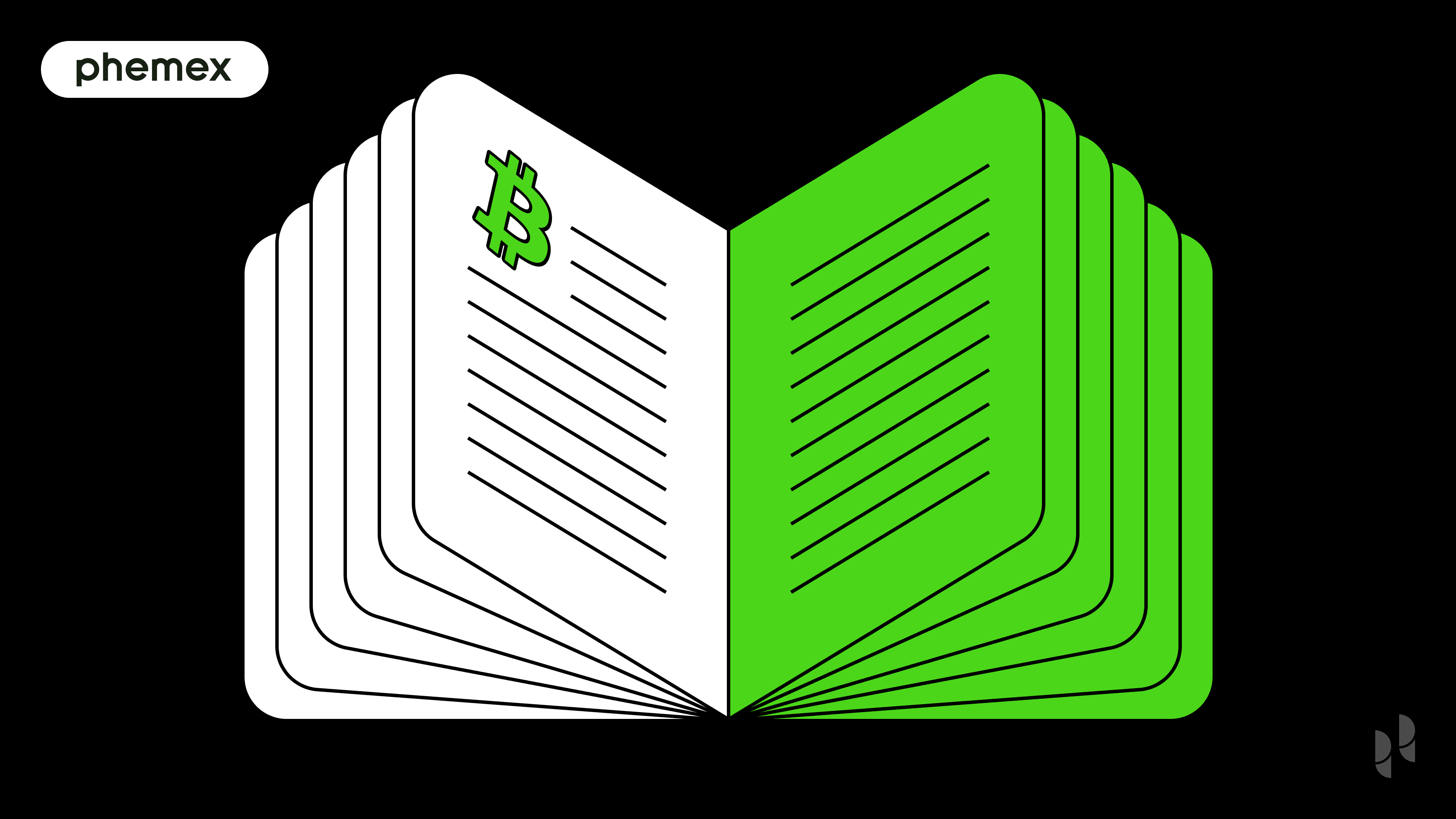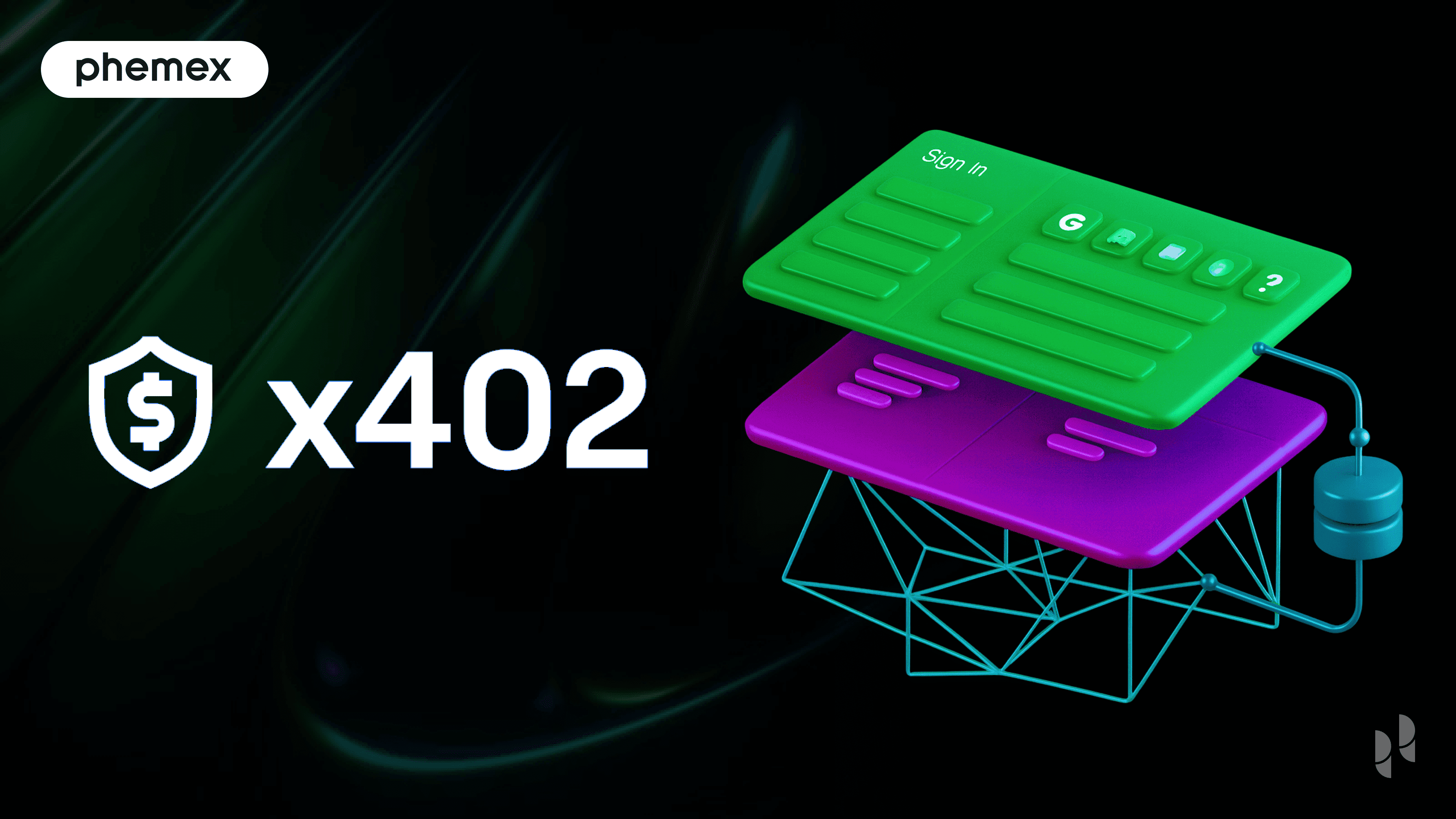Summary
- Social tokens are cryptographic tokens for individuals and communities who create media products on the internet.
- The primary goal of Social Tokens is to allow musicians, writers, streamers, and anyone who creates digital products to move value off platforms and into decentralized networks.
- Through social tokens, creators get to monetize social engagement, fans get a new way to engage with creators, and artists have the ability to co-own NFTs.

Blockchain is the technology that underpins the concept of asset tokenization. It is revolutionizing industries across the world. From e-commerce to real estate and financial institutions to digital marketplaces, almost all sectors want to take a piece of this emerging tech.
Not only businesses but even individuals are benefiting from distributed ledgers’ ability to tokenize nearly anything. For one, the growth of the digital NFT art marketplaces has inspired creators and artists to rethink the way they engage with their audience. Amid this growing hype, blockchain-based social tokens have gained enormous popularity among celebrities and fans alike.
What are Social Tokens?
Social tokens are cryptographic tokens for individuals and communities who create media products on the internet. These digital assets are fungible, which means they are mutually interchangeable. For example, you can divide a Bitcoin into fractional shares and swap with each other. Similarly, social tokens can be divided and exchanged for one another without change in value.
What do Social tokens do?
The primary aim is to allow musicians, writers, streamers, and anyone who creates digital products to move value off platforms and into decentralized networks. Crypto tokens contain this value, which is held by communities and creators who benefit the most from their work.
2 Types of Social Tokens
1. Community social tokens
These tokens are created around a group or community. A user can use community tokens to pay for newsletters, memberships, or other rewards within a particular group. For example, creators can launch a community token to allow access to a private Facebook group.
Example of Community Tokens: $SWAGG
The SWAGG creators launched a community social token to allow the community to access the SWAGG Telegram channel as well as vote on the governance of the group. In simpler words, SWAGG is not just a cryptocurrency; it’s a fraternal organization that allows community members to utilize a social token to participate in its ecosystem.
To access the SWAGG Telegram channel, a user needs about 400 $SWAGG tokens, while for community governance, a user must hold over 10,000 tokens.
2. Individual social tokens
These tokens are somewhat similar to community tokens. But, as the name says, individual tokens revolve around a single individual instead of a community. For example, an artist can launch an individual social token that allows token holders to get special perks, such as getting to vote on their life decisions or meeting with them in person.
Example of Individual Tokens: $ALEX
Alex Masmej, a cryptopreneur, created $ALEX when he wanted to move to San Francisco to pursue a career in cryptocurrency development. Through $ALEX social tokens, he wanted to crowdfund $20,000 to cover the expenses.
Why would someone buy or invest in $ALEX?
Alex offered all buyers a 15% share per year from his income. Let’s say, if he gets a $50,000 salary after college, over $7500 will be distributed among all the holders of $ALEX tokens.
He also offered holders 1-on-1 meetings, the ability to govern the token, and even make some of his life decisions.
The Rise of Social Tokens
For a long time, creators and communities did not have a way to monetize their networks. Right now, they are on centralized platforms that take a large cut out of their income. Consequently, fans have limited options to support the creator’s success directly.
However, through social tokens, there is now a way to create an ecosystem of customized distribution mechanics and community tools. It has led to a huge capital inflow into the market. As of December 2020, over 22+ key social tokens existed in the market, and over $81.2 million total market cap was locked in social tokens.
Benefits of Social Tokens
1. Creators get to monetize social engagement
Today, content creators earn revenue through a small percentage of revenue share from sponsored posts, advertising, or subscriptions. Social tokens allow creators to grow their fan base and earn direct revenue by building a digital economy powered by their own currency. Using the digital economy, they can offer tailored rewards, personalized art collections, and ways for their supporters to donate, all while keeping 100% profit.
2. Fans get a new way to engage with creators
With social tokens, fans can also support the success of their favorite artists and creators. They get new ways to interact with creators and can access customized collectibles by buying social tokens. Furthermore, fans get to be a part of a creator’s brand.
3. Ability to co-own NFTs
Artists can create social tokens to crowdfund their projects, which they can later list as Non-Fungible Tokens. As a reward, token holders get a percentage of all future sales of the project listed as an NFT. Since social token holders make money when NFT sells, they are most likely to help find a buyer.
The Future of Social Tokens
Social tokens are growing increasingly more popular as individuals and communities begin to realize their true potential. The biggest obstacle to mass adoption is that even the concept of cryptocurrencies is still new to many. When someone does not understand something, they are unlikely to invest in it. However, this uneasiness will disappear when social tokens are widely recognized and accepted by communities and businesses. We can expect them to become a norm for creators in the next decade.
Read More
- What Are Crypto Tokens? How Do They Work?
- What is Social Trading in Crypto & How does it Work?
- Asset Tokenization: Tokenize Real-World Assets on the Blockchain
- What is Decentralized Social Media
- What Are Non-Fungible Tokens (NFTs): Introduction to NFTs
- What is Social Trading: Copying the Secrets of Successful Traders
- What are Metaverse NFTs: The Launchpad for the Digital World’s Economy?
- Security Token vs. Utility Token in Crypto: What are The Differences?








